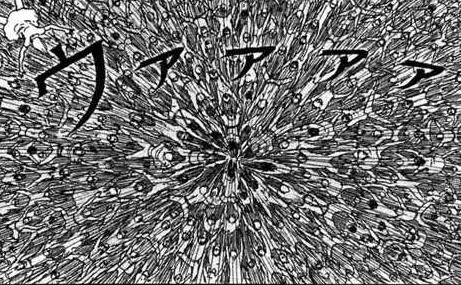 It’s time to put the hand lotion away and face facts: Hiroshima is overrated.
It’s time to put the hand lotion away and face facts: Hiroshima is overrated.
150,000 dead seems like a good start. But think of the cost. Per dollar, the Manhattan Project was the most expensive funeral pyre in history. Concentrating enough U-235 for one small fission bomb cost the United States taxpayer two billion dollars (do the conversion to 2014 money yourself, genius), all for an explosion that was survivable a few kilometers away. It’s safe to say that the Japanese less money building the city than the Americans spent destroying it.
“Now I am become Death, the destroyer of worlds.” I wish I could get Oppenheimer to pad out my resume. He seems like he’d be good at it.
In the past, there were better ways.
During the sack of Urgench, Genghis Khan gave 50,000 Mongol soldiers the task of killing twenty-four Persians each. So 1.2 million would have died. The Great Khan could not split an atom, but he knew that splitting a man’s heart ventricles usually does the job.
Better technology does not linearly scale up to bigger body counts. In fact, the better technology we have, the less we are inclined to do with it. Give a man a machete and he’ll make a pile of severed hands and ears. Give a man a Trident Boat or a MOAB and he gets delusions of being a peacekeeper – and who wants that?
But we can’t eradicate the human race with machetes. So what else is there?
The problem is huge. Seven billion souls, and counting. They exist on the Skeleton Coast and in the Arctic and in the Himalayas. The human virus now fills every ecological niche.
Seven billion piles of shit. How do we clean up this mess? At least Hercules had a broom.
After years of planning and simulation models, let me give you the ideal solution: we need to get people to kill other people, while leaving the killed blind to the fact that they are being killed, and leaving the killers blind to the fact that they are killers.
Every possible problem is overcome. No ethical doubts, no wavering, no defense mechanisms at the level of state, community, or individual. If we achieve this, the human race will be over like night follows day.
Sounds impossible. Maybe it’s already happening. Maybe we’ve got a friend in the Department of Health or WHO, and there’s some new chemical in the water or some new schedule of vaccines that will kill everyone.
It’s possible that this could go undetected. Occasional leaks of information would seem indistinguishable from tabloid fodder. If someone has already set the gears in motion that end the human race, then I salute you, sir. My only regret is that you have made this piece redundant.
But suppose that’s not happening. Where do we go from here?
Many deathists think sterility is the sine qua non of ending the human race. This could be achieved by contaminating the world’s water supply. I would caution them against hope. Sterility will stop new humans from being born – but you’ve still got a lot of humans left alive. So long as they exist, the risk is that they’ll find a way to artificially generate babies, and there goes your ballgame.
What if everyone goes sterile tomorrow? Humans will still exist on earth for another seventy or eighty years. That’s a lot of time for someone to screw something up.
No, I don’t think too much of forced sterility. From the hard deathist perspective it’s a motivational trap – it makes us think we’ve eliminated the human race when we’ve only put a small speed bump in the way.
Actual dying is required.
How about a viral plague? You already know the problems there – they’re obvious, and they’re fightable. You can quarantine a plague. You can inoculate against a plague. Worst (best?) case scenario: a plague devastates the earth, a small country or holdout bars its doors and survives, the plague burns itself out, and then humans repopulate the earth. All you need is a few survivors.
Nanotechnological viruses carry similar problems, with the added issue that nano-scale machines have weaknesses that DNA/RNA viruses don’t. Say what you will about HIV/AIDS (and I say it’s overrated as hell), but at least the HIV retrovirus doesn’t die when you hit them with a jolt of static electricity. And it doesn’t help that we have yet to build one.
Planet-eating “grey goo” is for science fiction novels. It will never exist.
No Comments »
Comments are moderated and may take up to 24 hours to appear.
No comments yet.
